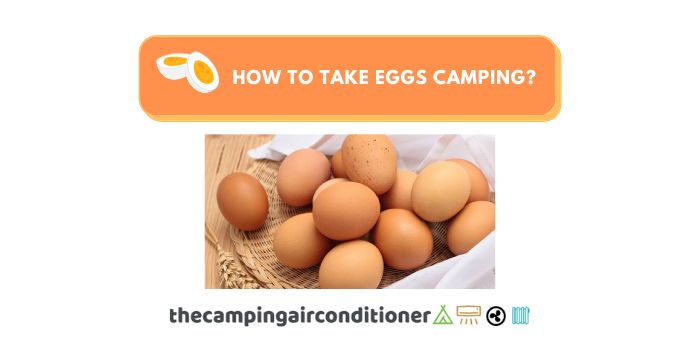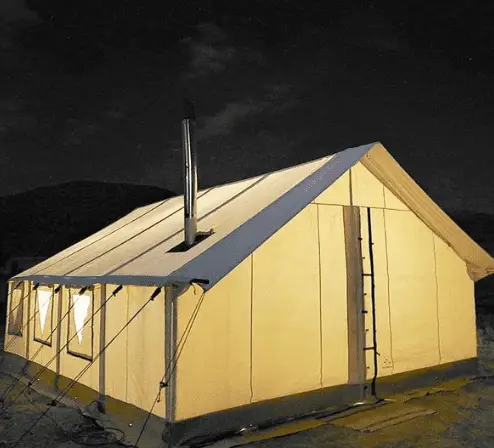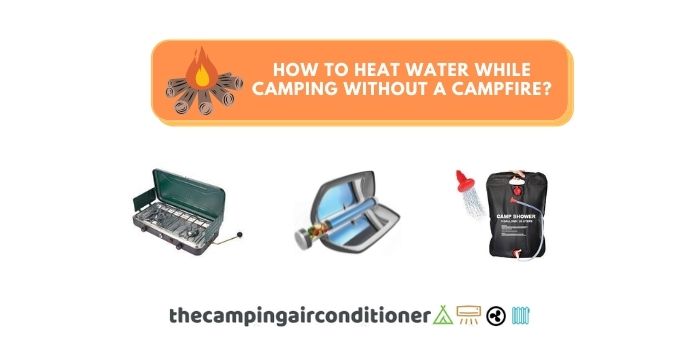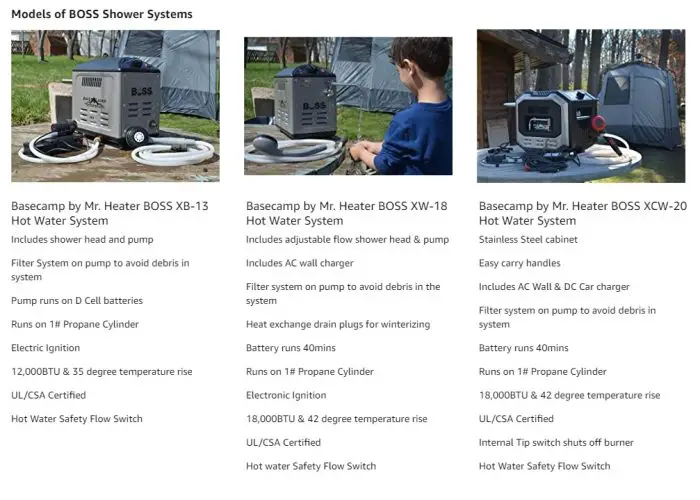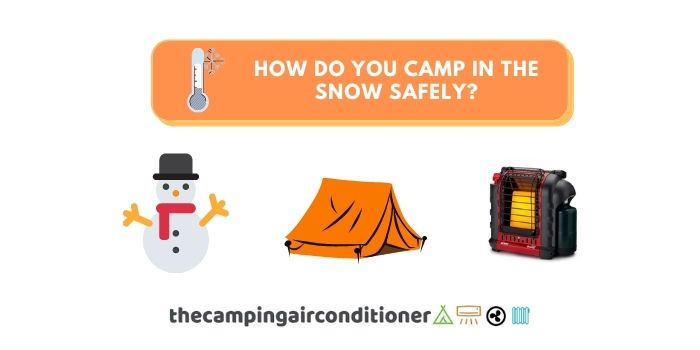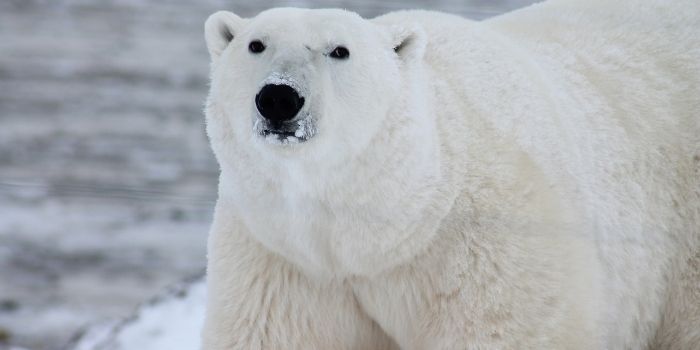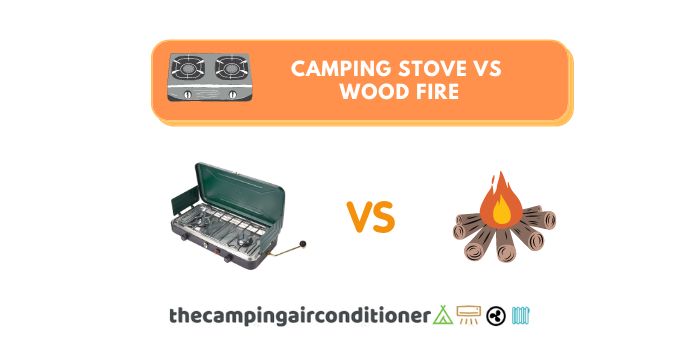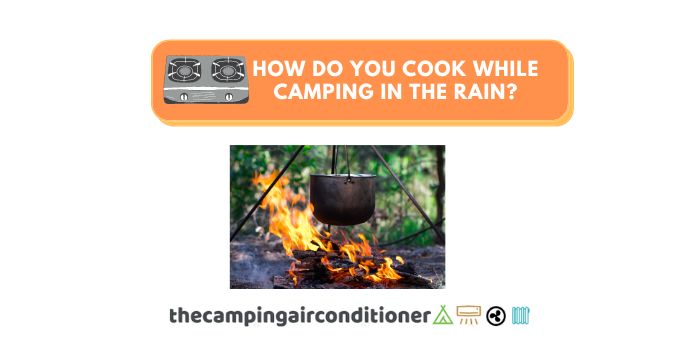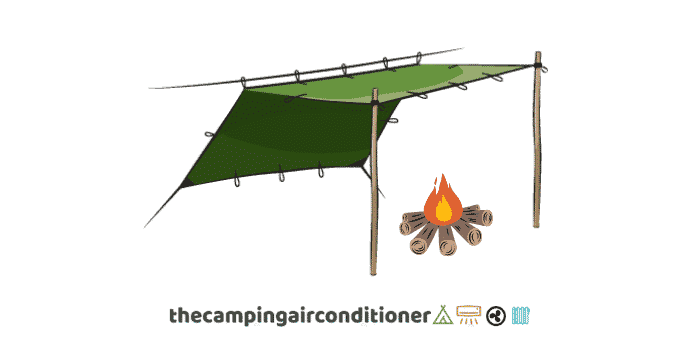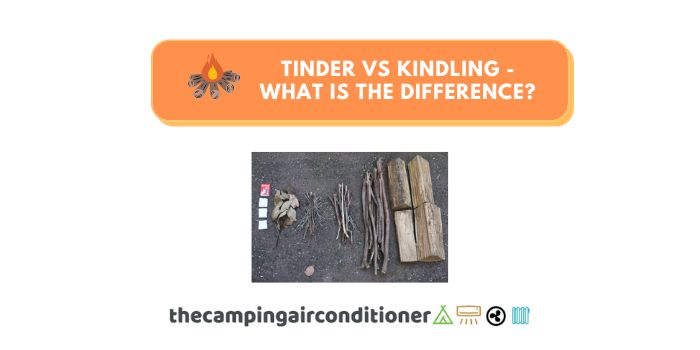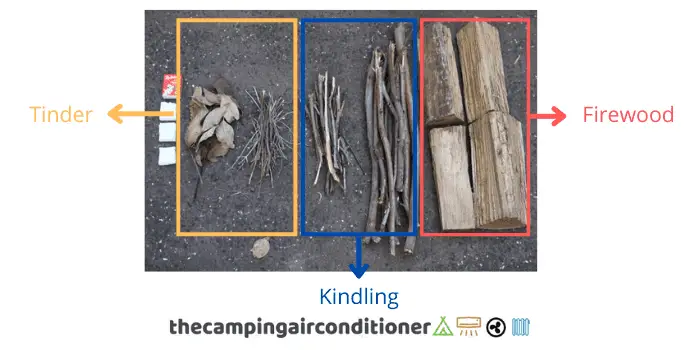Top-4 Camping Grill-Stove combo to easily cook DELICIOUS meals!
When it comes to camping, having a good-quality stove is essential for preparing your meals. While stoves are excellent options for heating soups and preparing stews, a grill is an unbeatable choice if you want to prepare a good piece of meat or roast some corn!
Also, grilling provides a unique flavour and generally cooks food quicker. By now, you are probably thinking – Oh God, Do I need to bring another piece of gear to prepare my bbq and roast my vegetables?
Fortunately, no! These days many options combine grill and stove in one device, and we have picked the top-4 options available in the market to help you make the best decision according to your needs.
These handy devices allow you to cook food in several ways, making them perfect for your outdoor days – enough of words, let’s jump in into the reviews below!
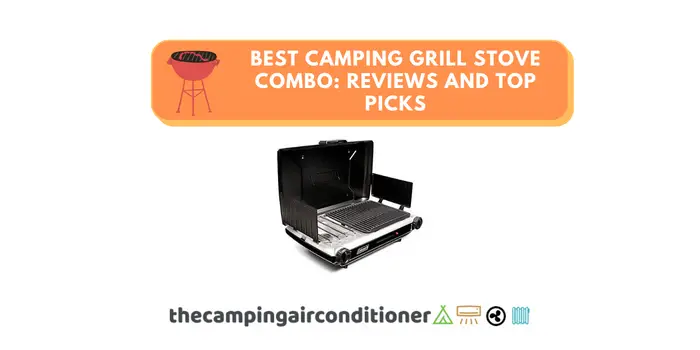
By the way, The Camping Air Conditioner is sponsored by readers. When you buy through one of our links, we may earn an affiliate commission at no extra cost to you.
Best camping grill stove combo - Review summary
In a hurry? Need some quick answers? Fret not! Go through this brief review (a detailed assessment of each product is shown in the next sections).
- Lightweight and extremely affordable
- Versatility to change from grill to stove is second to none!
| Model | Our Opinion | Weight | Cooking Power BTU | Number of Burners | Price |
| Coleman 2-in-1 Camping Grill/Stove | Budget-Friendly option | 14.35 Pounds | 20,000 | 2 | $ |
| CAMPMAX Portable Folding Camping Wood Stove | Best For Backpackers | 5.5 Pounds | Wood type fuel | 1 | $ |
| Camp Chef Big Gas Grill | Best for Family Camping | 85 Pounds | 90,000 | 3 | $$$ |
| Coleman Hyperflame – Grill/Stove Combo | Most Versatile | 21.6 Pounds | 22,000 | 2 | $$ |
Camping Grill and Stove Combos - Detailed review
This segment is all about helping you choose the best product for you, regardless whether you are camping by yourself, with a family, or just going for a short-term hike.
We have covered the product description, features, and pros and cons to make it easier for you to decide.
Coleman gas camping grill-stove combo - Budget-friendly option
With two burners and a cooking power of 20,000 BTUs (10,000 per burner), this Coleman camping 2-1 stove grill combo is an excellent option for those on a budget, costing less than $150 at the time this post is being written.
Both burners work independently and have separate adjusting mechanisms, making it easy to control each flame according to your needs.
It already comes with a windshield, which helps a lot during windy conditions (by the way, if you want to check some options of camping kitchen stands with windbreaks, read this article).
The unit is also very portable and made of alloy steel, weighing just over 14 pounds and offers a grilling area of 130 square inches, enough to cook 2 to 3 stakes at once.
When it comes to durability and quality, don’t worry – you are buying a Coleman product! As for the down-sides, we highlight the following:
- 10,000 BTU might not be sufficient for this grilling area (overall, it is recommended between 75 to 100 BTU per square inch)
- Grilling is fragile
- Fixed arrangement – you cannot turn the grilling area into a stove (and vice-versa).
Overall, this is our recommendation if you want something that fits a tight budget. It is not a top-notch product, but it delivers the service as required!
- Budget-Friendly and good value for money
- Lightweight
- BTU output for
- Comes with an integrated wind protection
- Independent burners
- BTU output for grill is not ideal (but works)
- Stove-grill arrangement is fixed
- Grill is fragile
Budget-friendly option
- Material: Alloy Steel
- Item Dimensions: 25.5 x 8 x 17.3 inches
- Weight: 14.35 Pounds
CAMPMAX portable camping stove-grill - Best for Backpackers and Hikers
The CAMPMAX portable wood stove-grill combo is your go-to option for those who like to hike or backpack. This unit is lightweight, weighing only 5.5 pounds, and foldable for easy portability – it will easily fit your bag without hassle for transport.
It does not require any burning fuel, as it t uses wood as its flame source. This is both an advantage and drawback: while you do not need to carry bottles of propane and butane around, you will need to make sure that you find suitable firewood to use it properly – if you want to check what type of firewood is the best for camping stoves, read this article.
It is made of stainless steel (very durable) and comes with a specific bag to help you store the pieces of it when it is folded. Also, it is extremely affordable, and the largest version costs less than 50 bucks.
What are the problems? You will rely on the type of wood that is close to your camping area and might be unable to pick some hardwood species, which are ideal for cooking with wood stoves.
It might also be challenging to handle these devices during rainy weather with wet firewood (check this article for intelligent hacks to cook while camping in the rain).
Obviously, it also has a limited cooking area, and you will only be able to prepare small portions.
- Lightweight
- foldable
- Extremely cheap
- Does not require fuel
- BTU/Heating output is uncertain (depends on quality of wood)
- Limited cooking surface
- Take sometime to set up
- Not ideal for rainy weather
Backpacking / Hiking Option
- Material: Stainless Steel
- Item Dimensions: 7.8 x 7.8 x 10.6 inches
- Weight: 5.5 Pounds
Camp chef big gas grill
Camp Chef Big Gas Grill is ideal for camping with big groups, family, or long-term camping as it offers an impressive 90,000 BTUs of cooking power – don’t worry – you can cook almost anything with this outstanding heating output.
It also comes with three burners and can cook multiple items at once. However, the unit is huge and heavy, measuring 7″ H x 24″ W x 15.75″ L and weighing 85 pounds.
Made of alloy steel, Camp Chef comes ready to connect with gas bottle and an ample cooking surface, where you can easily prepare barbeques and roast any food.
It also has a side shelf for extra prep space. If you’re looking for a powerful and feature-packed option, this could be your best camping grill stove combo option.
The drawbacks? Size and Portability.
- Outstanding BTU output
- Ample cooking surface/area
- Ideal for long term camping and family camping
- Sturdy and heavy-duty structure
- Low portability
- Requires gas to run
- Higher investment
Highest BTU output
- Material: Alloy Steel
- Item Dimensions: 15.75 x 24 x 7 inches
- Weight: 85 Pounds
Coleman hyperflame grill-stove combo - Most Versatile
Coleman has many options, but this is probably the one that we like the most. The Coleman hyper flame grill-stove comb is an excellent option for those who want maximum versatility – you can easily change the arrangement set up to make it a wide grilling area or use the burners as a stove.
It also has a matchless igniter for easy lighting and adjustable heat control. This unit is also very portable, weighing in at just 21.6 pounds.
Running from propane, this unit provides 10,000 Btu per burner, and the hyperflame system is designed to decrease the impact of wind on your flames significantly.
It is easy to transport and maintain, with top areas being easily removed for cleaning.
Disadvantages? Honestly, we don’t see any problems with this option, apart from it being slightly more expensive than the Coleman camping 2-1 stove grill.
- Hyperflame system - optimal performance during windy conditions
- High-quality product
- Easy to transport
- Maximum versatility - setup includes grill-only, grill-stove, or stove only
- None identified apart from being slightly more expensive than other 2 burner options
Best 3-in-1 option
- Material: Steel
- Item Dimensions: 11.64 x 6.17 x 6.22 inches
- Weight: 21.6 Pounds
What you should consider when buying a camp grill stove combo?
BTU Output and Grilling Area
Always consider how many BTUs you need for both stoves and grills. As a rule of thumb, we recommend the following:
- For grills, from 75 to 100 BTU per square inch
- For stoves, check the table below – for more details, read this article.
| Camping | How many BTUs for a camp stove (per burner) | Notes/Tips |
| Backpackers and hikers | At least 7,000 BTUs |
|
| Medium-sized groups (up to 5-6 campers) | At least 10,000 BTUs ( |
|
| Large Groups or long-term camping | More than 20,000 BTUs |
|
Ignition style
There are two main ignition systems for camp grills: push-button and match light.
Push-button ignitions are the most convenient, as they allow you to start your grill with the push of a button.
Match light ignition is not 100% reliable and preferably avoid these devices.
Size and portability
A small portable camping stove combo is ideal for backpacking and hiking trips.
If you’re car camping or RVing, size isn’t as much of an issue. However, you’ll still want to consider how easy the grill is to set up and take down.
Wind and altitude performance
Some camp grills are specially designed to perform well in windy or high-altitude conditions. If your next camping site is in a windy or high-altitude location, you’ll want to make sure to choose a device that can handle the elements.
We recommend sticking to propane-powered options, as they perform much better in temperatures below 0 Celsius degrees than butane options (if you want check a detailed explanation, read this article)
Fuel type
Most camp grills use either liquid propane (LP) or butane canisters as fuel. Each option comes with some advantages and disadvantages, as detailed below (read this article for a detailed comparison)
| Comparison | Butane | Propane | Notes |
| Boiling Temperature | 30°F (-1° to 0°C) | -43.6°F (-42°C) | Prefer propane in cold weather camping |
| Flames and Heating Output | 21,640 BTU / lb | 21,564 BTU / lb | No significant difference |
| Weight | Lighter | Propane Canisters are heavier | Butane is ideal for backpackers (in summer) |
| Cost | More expensive | Cheaper alternative | Price vary drastically (according to crude oil price) |
Ease of cleaning
After a long day of cooking, cleaning a messy grill is the last thing you want to do.
Look for a device that is easy to clean and maintain, with removable grates and preferably with an integrated grease management system.
Budget
Lastly, you’ll want to consider your budget when choosing a camping grill stove combo.
Several options are available at several price points, so find one that fits your needs and budget.
FAQs
How much does a camping grill stove combo cost?
Camping grill stove combo prices can typically range from $100 to $500. It all depends on features, size, brand, and quality.
Is a grill stove combo suitable for group camping?
Yes, a grill stove combo is ideal for group camping as it offers the versatility of being able to cook multiple items at once. Just make sure to choose a model that is large enough and has enough BTUs to accommodate your needs.
Verdict
Well, the best option depends on your camping needs and requirements – personally, our pick is the Coleman hyper flame grill-stove comb because of its versatility and great value for money.
Best 3-in-1 option
- Material: Steel
- Item Dimensions: 11.64 x 6.17 x 6.22 inches
- Weight: 21.6 Pounds
However, it might not be ideal if you are travelling with a large group of friends, where options like Camp Chef Big Gas Grill will suit much better.





